Overview
Istanbul, Türkiye, the timeless international city that bridges Asia and Europe, became the capital of the Ottoman Empire (1299–1922) in the mid-15th century. Successive Sultans (Padişah) resided in the majestic Topkapı Palace, from where they governed the empire’s vast affairs. By the 16th century, the Ottoman Empire had expanded to its greatest extent, spanning regions across the Middle East, North Africa, and Central Europe. Within the walls of Topkapı Palace, an extraordinary collection of treasures was assembled, including precious metals and rare artifacts from East Asia to Europe. These treasures were not merely ornaments but heirlooms, carefully preserved, utilized, and cherished by the rulers. Among these collections, the high-quality ceramics from the renowned Jingdezhen and Longquan kilns of China stood out, celebrated as the world’s finest of their time. This court collection is hailed as one of the world’s most distinguished, both in terms of its quality and volume. Furthermore, numerous Japanese ceramics were also imported and lovingly preserved within these collections.
In parallel, the Idemitsu Museum of Arts holds a remarkable collection of Chinese ceramics from the Ming dynasty, crafted primarily for the imperial court, as well as ceramics exported from Japan during the Edo period. Some of these pieces share a kinship with those held by the Topkapı Palace Museum, reflecting a shared appreciation for excellence across cultures.
As we celebrate the centennial of diplomatic relations between Japan and the Republic of Türkiye this year, it is with great honor that we present this exhibition to commemorate our countries’ enduring friendship. This event brings together masterpieces from the Topkapı Palace Museum, as well as exceptional pieces from the Museum of Turkish and Islamic Arts, whose collaboration and generosity have made this exhibition possible. In addition, we are delighted to showcase an array of exquisite Chinese, Japanese, and Turkish ceramics from the collection of the Idemitsu Museum of Arts.
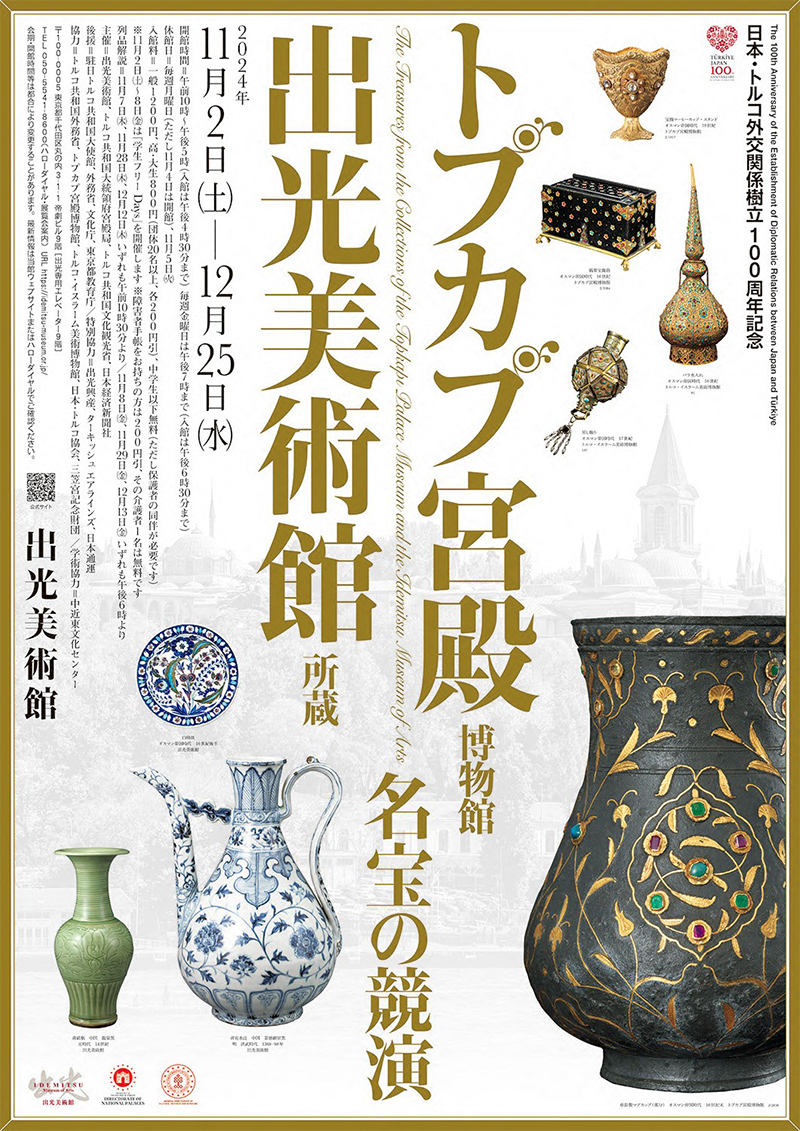
In parallel, the Idemitsu Museum of Arts holds a remarkable collection of Chinese ceramics from the Ming dynasty, crafted primarily for the imperial court, as well as ceramics exported from Japan during the Edo period. Some of these pieces share a kinship with those held by the Topkapı Palace Museum, reflecting a shared appreciation for excellence across cultures.
As we celebrate the centennial of diplomatic relations between Japan and the Republic of Türkiye this year, it is with great honor that we present this exhibition to commemorate our countries’ enduring friendship. This event brings together masterpieces from the Topkapı Palace Museum, as well as exceptional pieces from the Museum of Turkish and Islamic Arts, whose collaboration and generosity have made this exhibition possible. In addition, we are delighted to showcase an array of exquisite Chinese, Japanese, and Turkish ceramics from the collection of the Idemitsu Museum of Arts.
Exhibition Chapters
Chapter Summaries
Chapter 1 Luxurious Treasures of Topkapı Palace
Topkapı Palace was the residence of the sultans (great rulers) as well as the place where they oversaw state affairs. Jewels and precious metals were collected in the Palace; thus, the number and opulence of the treasures are a symbol of the prosperity of the Ottoman Empire. This chapter introduces gorgeously decorated vessels that colored the sultan’s life and were used in the splendid daily life of the palace, as well as the charm and technical sophistication of the beautiful decorations nurtured by Islamic culture.
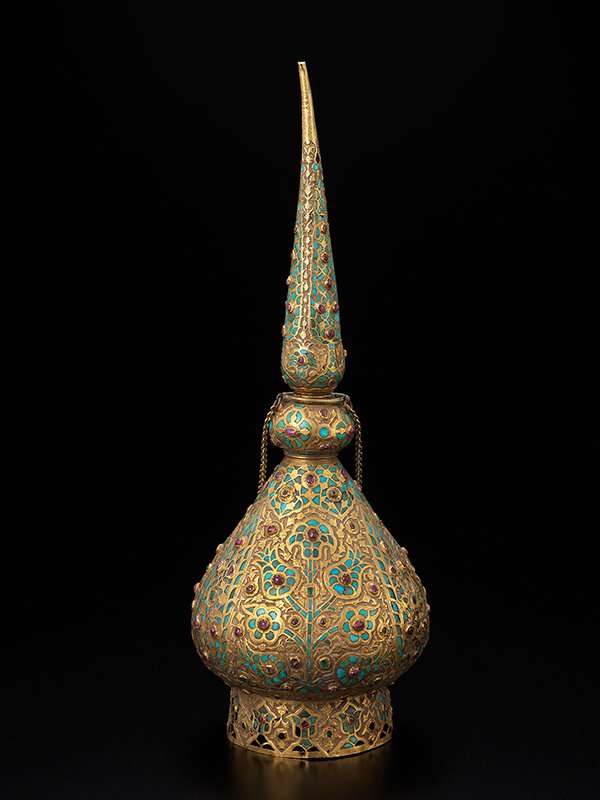 Rosewater Sprinkler
Rosewater SprinklerOttoman 16th Century
Museum of Turkish and Islamic Arts, İstanbul, 91
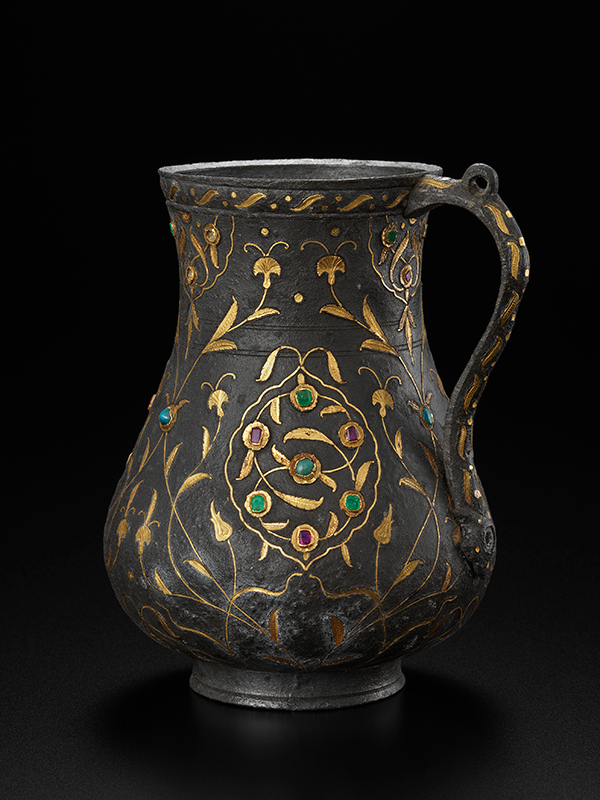 Zinc Pitcher
Zinc PitcherOttoman End of 16th Century
National Palaces Collection, Topkapı Palace, İstanbul, 2/2836
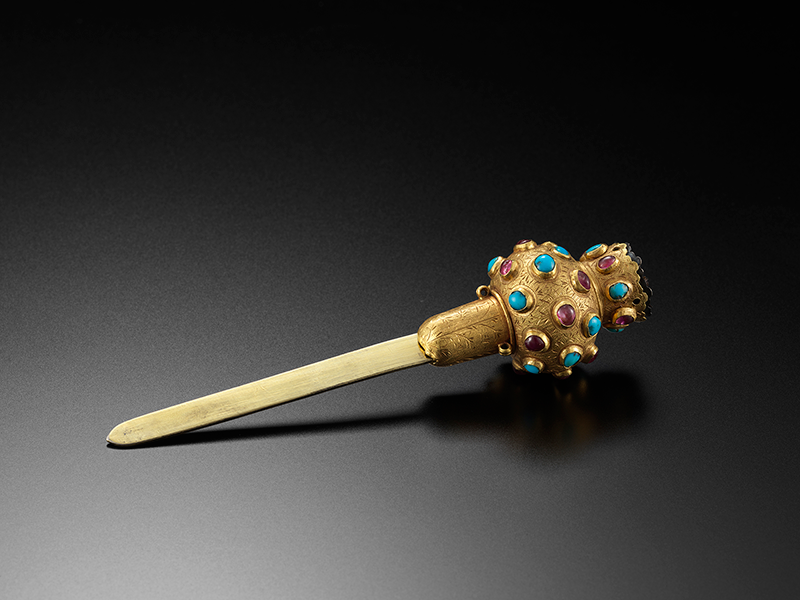 Aigrette
AigretteOttoman 17th Century
Museum of Turkish and Islamic Arts, İstanbul, 418
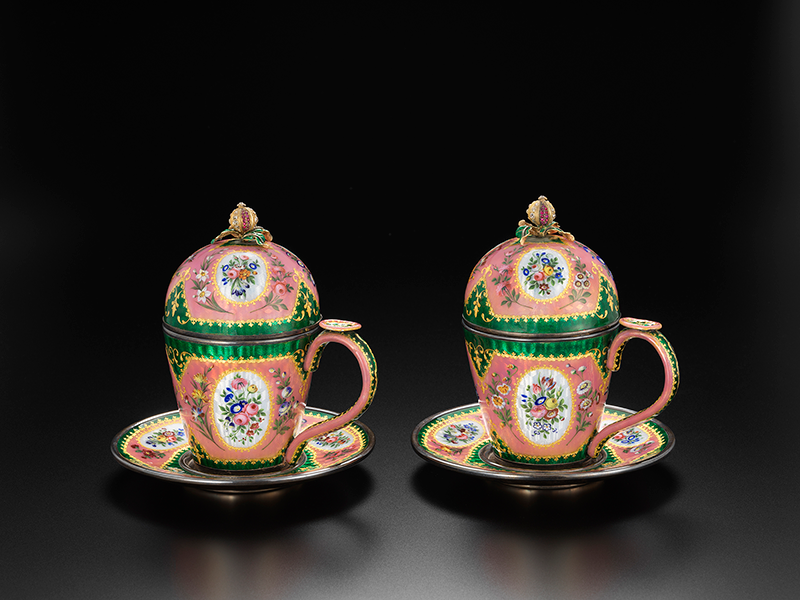 Jewelled and Enamelled Cup Set
Jewelled and Enamelled Cup SetOttoman 19th Century
National Palaces Collection, Topkapı Palace, İstanbul, 2/7624
Chapter 2 Masterpieces of Chinese Ceramics : Symbols of East-West Exchange I
After the 9th century, when the export of Chinese ceramics began in earnest, many people were attracted by the high quality and beautiful decoration of Chinese ceramics. They also became popular in Türkiye and other parts of West Asia. Later, Chinese ceramics incorporated elements of Islamic culture and art, creating new forms and designs. The new history of Chinese ceramics was born from the mutual exchange between East and West.
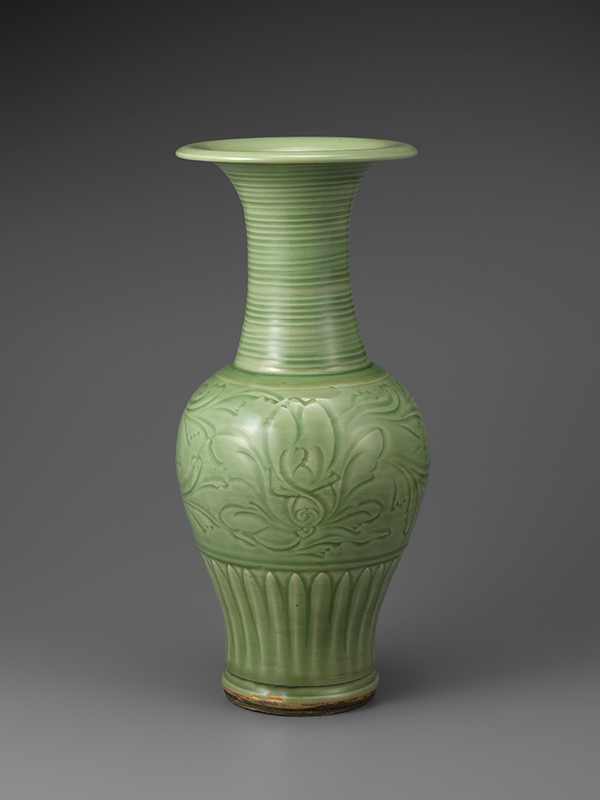 Vase (Pitcher)
Vase (Pitcher)Yuan Dynasty 14th Century Idemitsu Museum of Arts
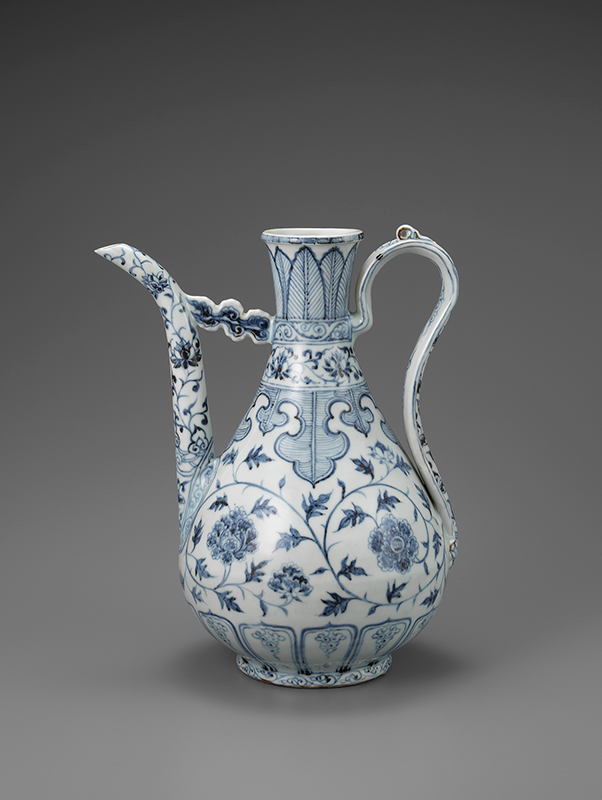 Pitcher
PitcherMing Dynasty 1368−98 Idemitsu Museum of Arts
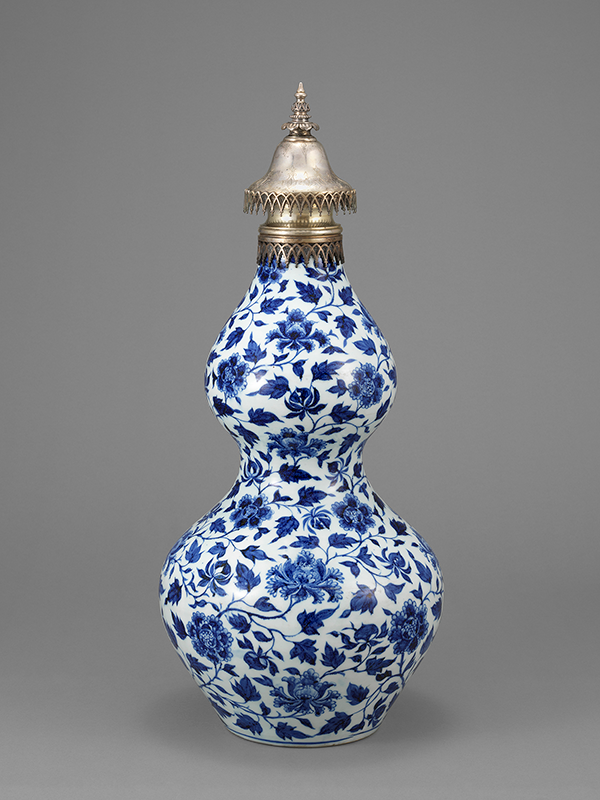 Vase (Water Pourer)
Vase (Water Pourer)Yuan Dynasty Middle 14th Century National Palaces Collection, Topkapı Palace, İstanbul, 15/1453
Chapter 3 Masterpieces of Japanese Ceramics : Symbols of East-West Exchange II
In the mid-17th century, the ceramics from Hizen (now Saga prefecture and part of Nagasaki prefecture) began to be exported overseas. While creating a style unique to Japan, they were exported to Europe through the Dutch East India Company until 1757, where they were favored by the royalty and aristocracy. Imari ware was also imported to Topkapı Palace via Europe, but there it played a role as a vessel characterized by the “beauty in utility” rather than for interior decoration.
 Lidded Vase
Lidded VaseJapan Arita Ware Ko-Imari Style
Middle Edo Period Early 18th Century National Palaces Collection, Topkapı Palace, İstanbul, 15j/253
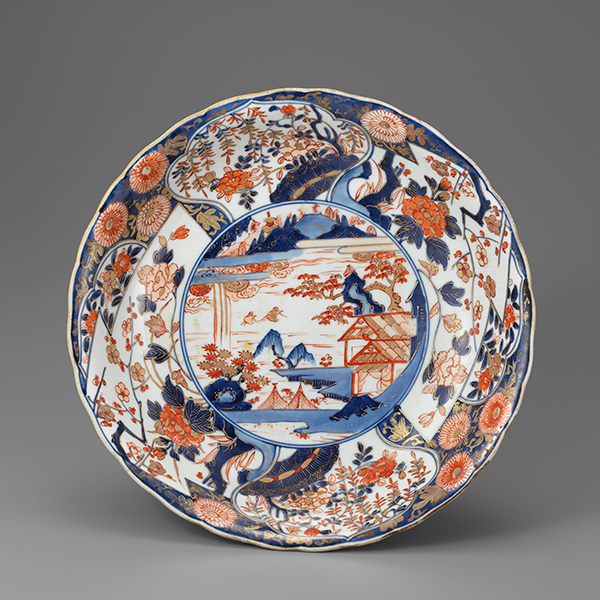 Dish
DishJapan Arita Ware Ko-Imari Style
Middle Edo Period 18th Century National Palaces Collection, Topkapı Palace, İstanbul, 15j/42
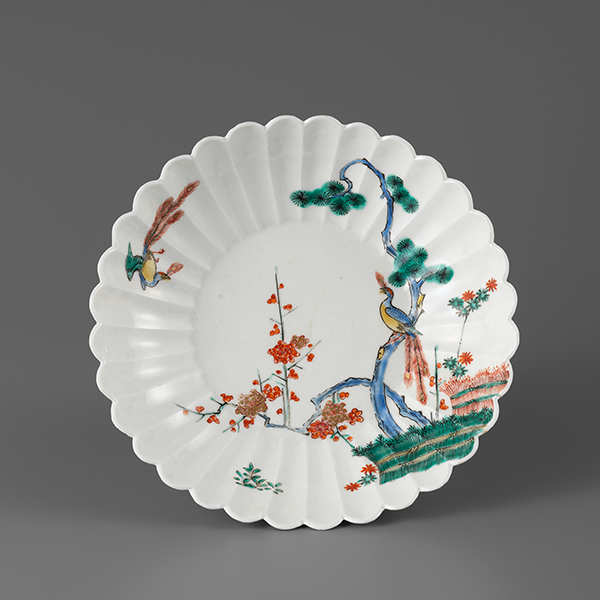 Dish
DishJapan Arita Ware Ko-Imari Style
Early Edo Period 17th Century Idemitsu Museum of Arts
Chapter 4 Colorful World of Turkish Tiles and Ceramics
Turkish ceramics are characterized by the vivid colors of traditional Turkish beauty, as well as by lovely botanical patterns of roses, tulips, and arabesques, and mysterious geometric patterns. Turkish ceramics decorated with a variety of colors and patterns have been an important architectural decoration in Topkapı Palace and mosques. Here the charm of Turkish ceramics and tiles is introduced from the collection of the Idemitsu Museum of Arts.
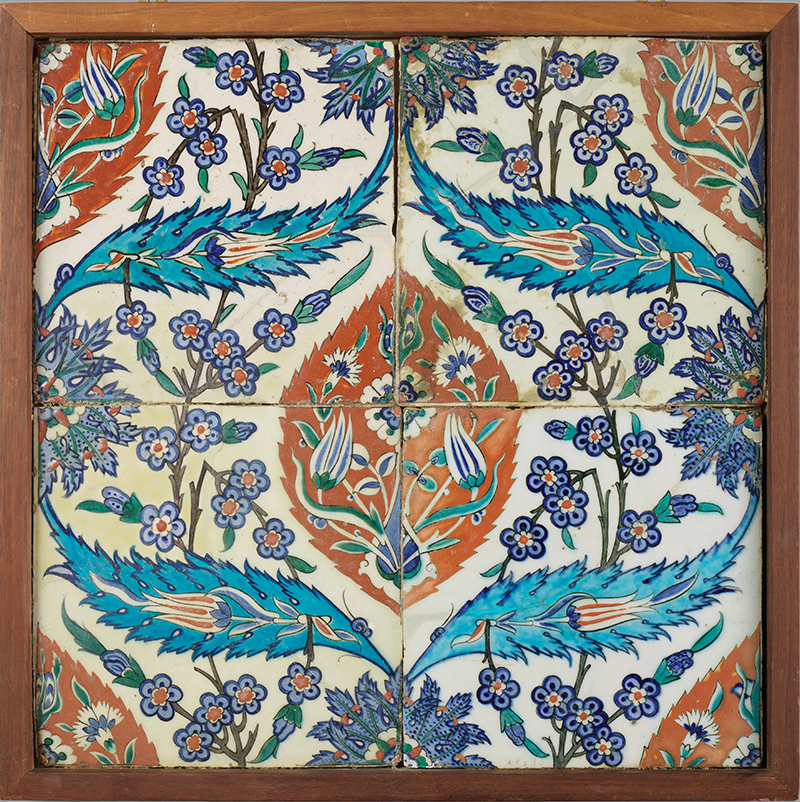 Tile
TileOttoman Iznik Ware Late 16th Century Idemitsu Museum of Arts
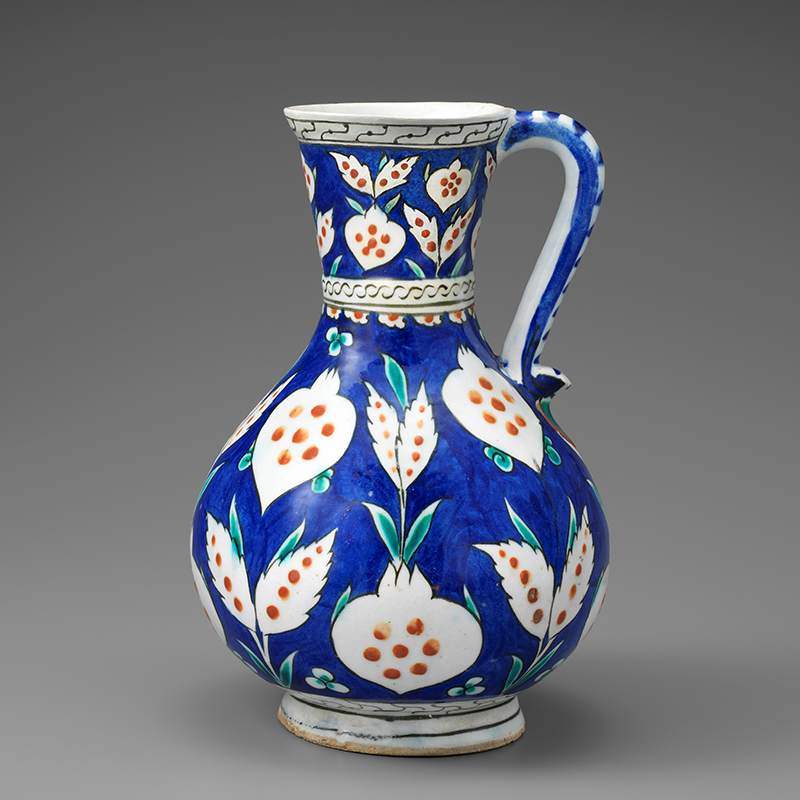 Bottle with Handle
Bottle with HandleOttoman Iznik Ware Late 16th Century Idemitsu Museum of Arts
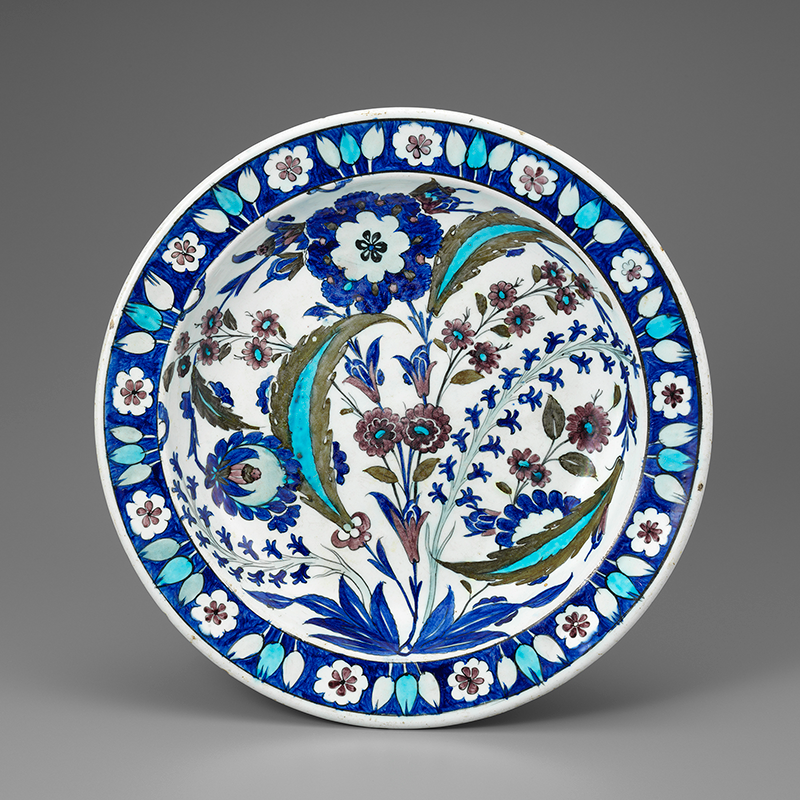 Dish
DishOttoman Iznik Ware Late 16th Century Idemitsu Museum of Arts

